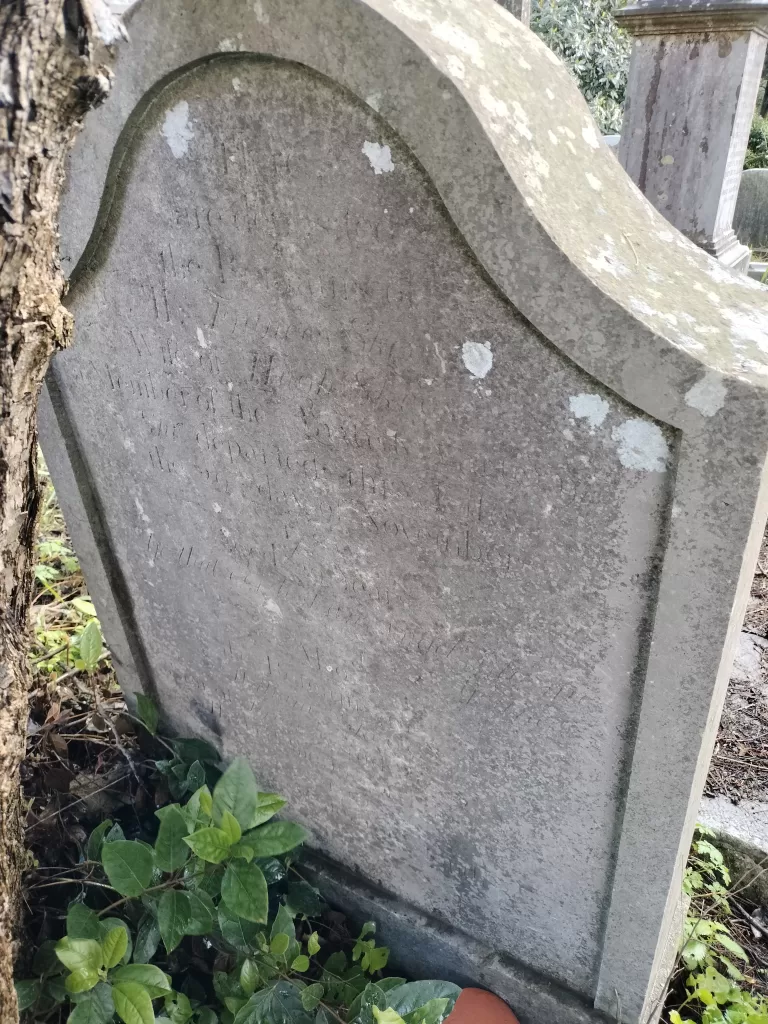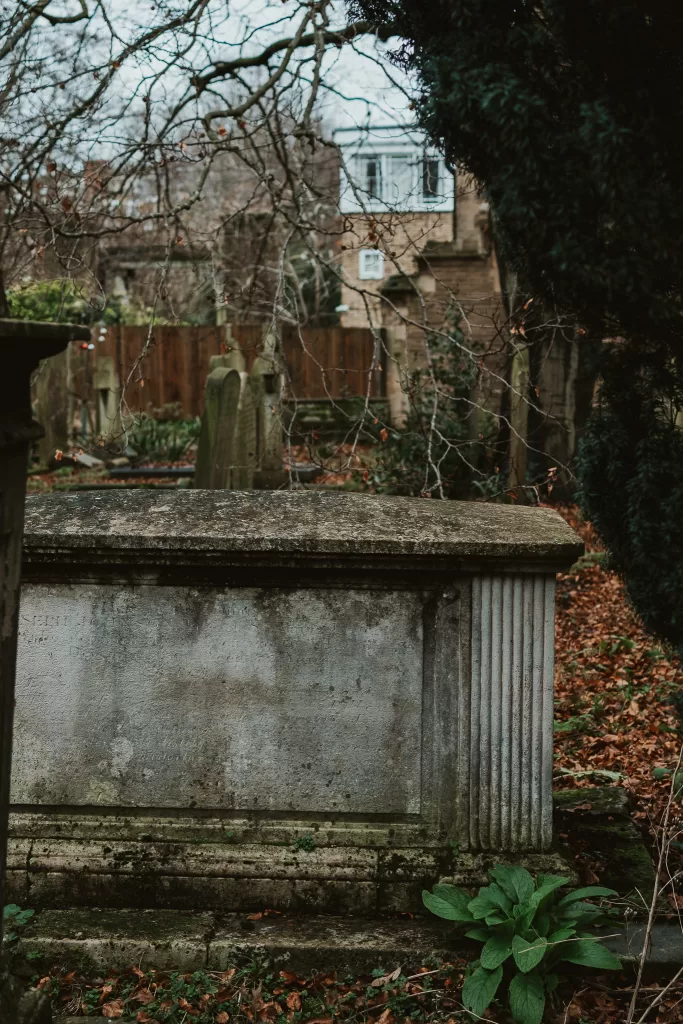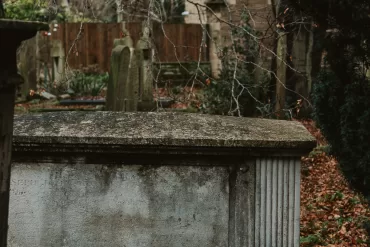“A Necessary Life” is a historical fiction novel that immerses readers in the tumultuous era of revolutionary Europe, where the lives of iconic figures like Mary Wollstonecraft, Joseph Johnson, Thomas Paine and Olympe de Gouges intersect in a tapestry of love and betrayal.
Against the backdrop of political upheaval and societal transformation, Mary’s quest for independence and purpose takes her from the salons of Paris to the rugged landscapes of Scandinavia, where she grapples with personal trials and confronts the ghosts of love lost. The novel explores human resilience and the enduring struggle for freedom and witness the echoes of revolution that resonate across continents and centuries.
Australian author Tanysha Jane conducted over a year of research and started writing the novel in October of 2022.
“When I first read about Mary Wollstonecraft, I didn’t think I was going to write a book about her. I simply found her interesting. But as I read more and more about her, I became engrossed in her philosophy, story and tragic end to the incredible life she lived.”
“I was also fortunate to learn an incredible amount of information about the French Revolution, something I have always been more or less interested in but never really understood. Now, I have a whole new perspective and I’m so grateful.”
Mary Wollstonecraft
Mary Wollstonecraft was born on the 27th of April 1759 in Spitalfields, England. Her father’s name was Edward John, and the name of her mother Elizabeth, of the family of Dixons of Ballyshannon in the kingdom of Ireland. Her paternal grandfather was a respectable manufacturer in Spitalfields, and is supposed to have left to his son a property of 10,000. She had three brothers and two sisters: Edward, James, Charles, Eliza, and Everina. Of these, Edward only was older than herself.
“A Necessary Life really only covers the later years of her life between 1791-1797. I chose this particular span of time as that’s really when she became engrossed in the wider world around her. It’s also when she met her contemporaries like Thomas Paine, William Godwin and many other writers and philosophers.”
“Her stories and philosophy are just one part of her life. She was an interesting person in her own right and this book really is a historical thank you letter to her.”
As the book is historical fiction, Tanysha spent hundreds of hours researching Mary’s life through reading letters and archives. One of those people, Frances Blood, was of particular interest to her.
“At the time of writing the novel, Frances had no known burial location. I knew she was buried in Lisbon, Portugal, but I couldn’t find anything that told me exactly where she was buried.”
“So I did some research and a few months ago I sent an email to a historian who works at the British Cemetery in Lisbon. And, well, it turns out I was right. I found the burial location of Frances Blood.”



“Here are deposited the Remains of Mrs Frances Skeys Wife of Hugh Skeys, a Member of the British Factory. She departed this life the 29th day of November 1785
Aged 29 Years
Ye that e’er lost an Angel Pity me Young
Also the remains of William Skeys Son of Frances, and Hugh Skeys
He died the 19th of January, 1786Aged near 2 Months
Research in Wales
“I also tried to find the location of Frances Wollstonecraft, Mary’s daughter. It turns out I was right with my summations (that she was buried at one of two churches in Wales, UK). And I received this information from the Archivist Rebecca Shields from the West Glamorgan Archive Service. “
“It’s certainly frustrating that the only places that claim St. John-Juxta-Swansea as the burial place for Fanny don’t cite their sources! I wonder if it’s simply a local story that some people have just decided was true. Potentially it was the go-to church or these kinds of anonymous burials and that means that people assume she was buried there, but we don’t have any records to say if this was the case.”
“There’s no evidence of an unmarked burial in 1816 in the burial books; there’s only a small number of burials at all in 1816 at St John’s, and they’re all attributed to someone. I rarely see anonymous burials written in the books at all, specifically around that time and my own personal feeling is that as suicides were not permitted to be buried in consecrated ground, and technically Fanny wasn’t recorded as a suicide, the vicar simply didn’t acknowledge the burial. We do not hold any other records of the parish from as early as 1816, so we just don’t have any evidence here at the archives that would prove she was buried there.“
London in 2023



“At the end of 2023 I flew to London to conduct as much research as I could. Whilst I was there I also found Joseph Johnson’s grave, which is at the All Saint’s Church in Fulham. It rests in a lonely corner and I was so fortunate to find it.”
A Necessary Life will also be recorded as an audio book and will be published alongside the paperback/hardback copy.
A Necessary Life’ releases in 2024.
